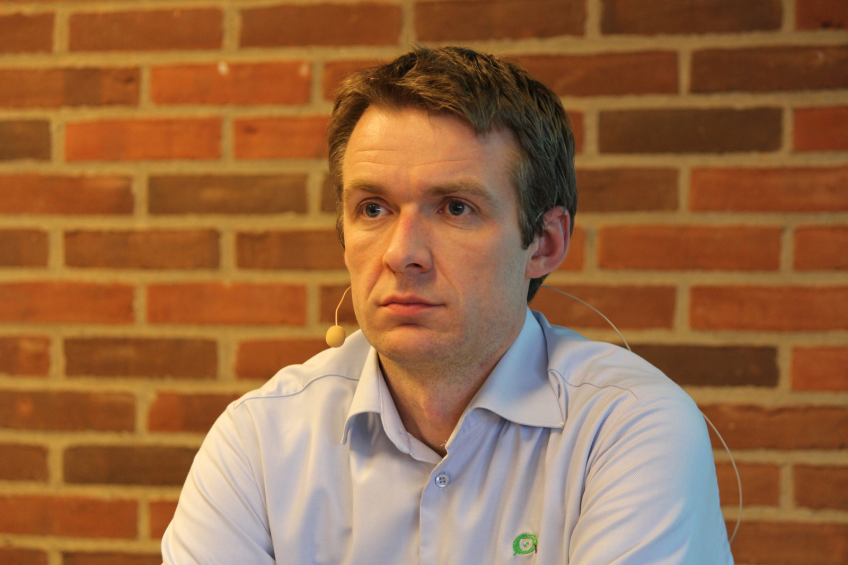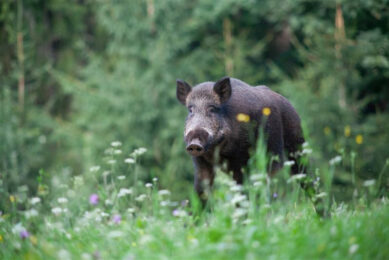Danish Swine Congress: Detecting piglet diarrhoea

Novel ways of early diarrhoea detection in weaner pigs received attention at the second day of this year’s Danish Swine Congress (Svinekongres) in Herning, Denmark.
The topic of diarrhoea was highlighted in a double presentation of Dr Ken Steen Pedersen, CEO of Ø-Vet and his colleague Dr Nicolai Rosager Weber. They both touched on a very practical problem that has arisen now strict regulations in Denmark asks for a ‘treatment-only’ application of antibiotics. So how to know when treatment is allowed?
What is causing piglet diarrhoea?
After all, Weber argued, one of the problems is that often that it isn’t clear what has caused diarrhoea in weaner pigs. It could be bacteria, of course, but it could also be viruses, like rotavirus or Porcine Epidemic Diarrhoea virus (PEDv), in which case vaccinating would be the more obvious choice. But pigs are also observed to develop diarrhoea without there being a clear distinguishable veterinary pathogen.
Dr Nicolai Rosager Weber.
Pathogenic bacteria causing no diarrhoea
Unfortunately, the opposite occurs as well, Weber said. Many pigs are found to have pathogenic bacteria in their intestinal tract, causing infections but no diarrhoea.
In short – pigs without diarrhoea can well suffer be infected and pigs with diarrhoea can also very well not be infected. Ø-Vet has therefore started working with ‘sock sampling’ – employees can walk into a certain random batch wearing protective plastic socks, after which the faeces on these socks can be quickly analysed for pathogens.
The faeces are thought to give a good average of the pathogen load in that batch; upon which a vet could decide whether or not to apply a batch treatment.
More presentations
The series of English presentation on second day of the congress mostly focused on giving hands-on advice for day-to-day pig workers, who often come from Eastern Europe in Denmark. Presentations touched on the importance of biosecurity, how to improve results in the sow house, in the weaner section and in the finisher barn.











